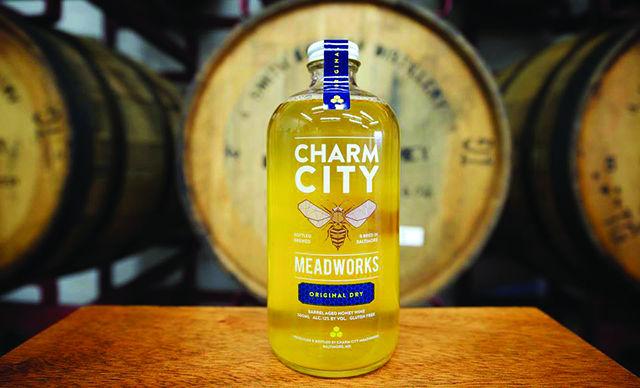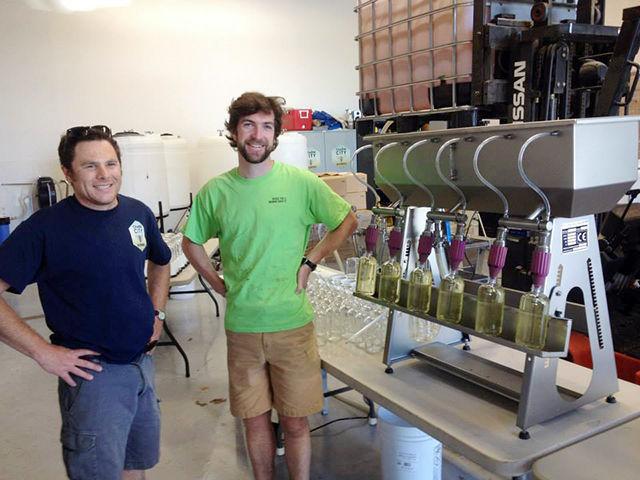The refreshing drink of the Vikings is creating a buzz, and it’s outside of Renaissance fairs. Mead, one of the oldest drinks in the world, is making a comeback. Coined as the “nectar of the gods,” the fermented drink is created by adding water and yeast to honey. When infused with herbs and fruits, its audience, dating back to the 17th century, used it as a beverage and medicine.
Mead is transitioning into the drink of choice — similar to the resurgence of cider and craft beer.
NC State alumnus James Boicourt recognized this potential while viewing a mead demonstration in Professor John Ambrose’s course ENT 203, “An Intro to the Honey Bee and Beekeeping.”
“By the time I graduated, I had experience with mead-making,” Boicourt said. “At the time, the mead available was typically sweet and potent. Ours tasted more like a wine; we saw room in the market for it.”
Boicourt co-owns Charm City Meadworks in Baltimore with Andrew Geffken. Transpiring from a hobby, the meadery idea initially served as a back-burner project.
“The reality of actually making mead full-time is still a bit alien,” Boicourt said. “The funny thing about college is you never know what’s going to stick with you. I found myself continuing to take entomology courses, including an advanced beekeeping course with Dr. David Tarpy.”
Charm City Meadworks, founded in 2014, has a production facility and taproom, similar to a brewery or winery.
“It’s a honey-wine, but it’s actually brewed more closely to beer than it is to wine. However, mead tastes better with age,” said Tarpy, professor of entomology and extension apiculturist. “It’s in between beer and wine-making.”
Although mead is synonymous with “honey-wine,” Boicourt and Geffken have revitalized the drink with their distinctive product line. The company offers a variety of meads in bottles, kegs and cans. Mead can be consumed as-is or provide an unusual twist to cocktails.
“It used to be a seasonal drink,” Boicourt said. “Our incentive is to make mead that is dry and light — the kind people would want to drink every day, like with a meal or after work.”
The selection of infused draft meads is crisp, carbonated and 6.9 percent ABV. The “Retire by the Fire” seasonal draft, one of Boicourt’s favorites, contains vanilla, cocoa nibs and clove. While the beverage is best served fireside, it pairs well with barbecued or smoked meats.
Alternatively, the bottled still selection is 12 percent ABV and fuller bodied, similar to wine. “Original Dry” and “Rosemary” go well with chicken or fish, while the subtle “Cinnamon” compliments savory dishes. The “Sweet Blossom” features citrus and floral notes.
“Brewing is a lot of work, but it’s so fun,” Boicourt said. “It’s exciting to put something on store shelves and in people’s hands. Especially since it’s new, coming from the recipes in my own kitchen.”
According to Boicourt, most of his weeks average 80 hours. Mead-crafting is meticulous and delicate, especially when experimenting with new formulations and spices. The honey-based mixture must ferment in tanks for a few months and age in barrels for an additional period.
“Mead is simple in concept, but difficult in process,” Tarpy said. “There’s a lot of ways where it can go wrong. Anybody can make it, but not everybody can make it well.”









